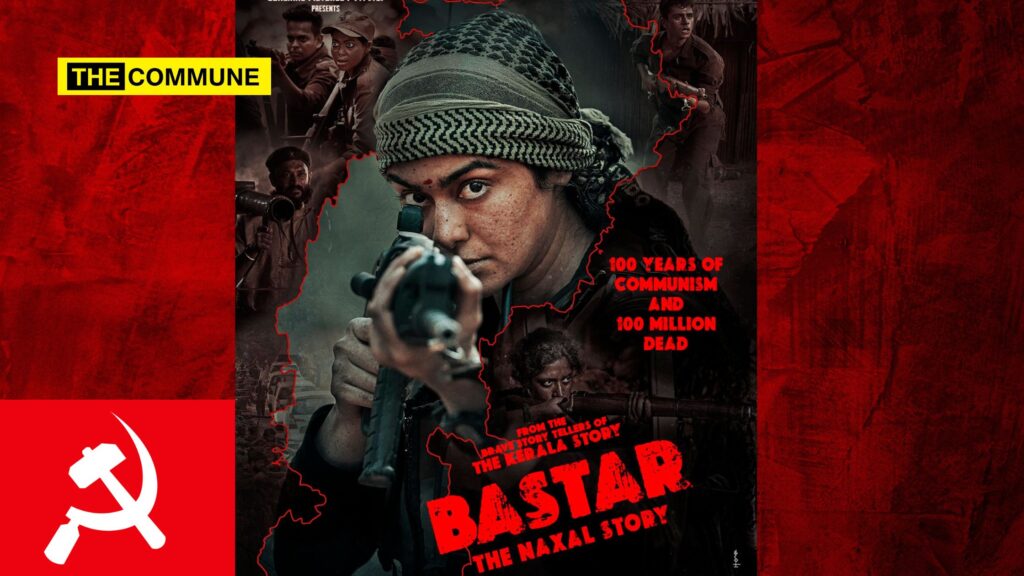“Bastar: The Naxal Story” is an upcoming Hindi-language film scheduled for theatrical release on 15 March 2024. The film is written and directed by Sudipto Sen, and production is by Vipul Amrutlal Shah’s Sunshine Pictures. Since the announcement in June 2023, the film’s title and description have stirred significant interest on social media. However, there has been commotion from some quarters, who find it unsettling.
Of course, we’re familiar with that as the movie delves into the Naxalite–Maoist insurgency in the Bastar district of Chhattisgarh, and with Sudipto Sen, known for his previous work on “Kerala Story,” which shed light on realities in Kerala, helms this project, who will not be frightened?
Not only has the director’s meticulous scene crafting elevated the impact to the next level, but the cast, including all actors, especially the main stars who returned for a second run with him, has also done justice to the film. The leads, Adah Sharma, Indira Tiwari, Vijay Krishna, Shilpa Shukla, Yashpal Sharma, Subrat Dutta, and Raima Sen, have done justice to the film.
The movie depicts the collaborative anti-Naxal operation involving the CRPF, Chattisgarh Police, and Salwa Judum, a state-backed civilian anti-Naxal movement between 2009 and 2013 in Chhattisgarh, as well as the Supreme Court proceedings initiated by urban Naxal Nalini Sundar to outlaw Salwa Judum and the Special Police Officer.
The plot centres around the Bastar district of Chhattisgarh, serving as the headquarters of Communist Maoism. It intertwines three intriguing plotlines:
- A police officer striving to restore peace to the region.
- The aspirations of the Naxal-dominated tribal community for a tranquil life.
- The ideological struggle of leftist supporters striving to sustain Maoism and Naxalism in Bastar.
Each unique plot is interconnected like a triquetra, captivating the audience and leaving them in anticipation of what unfolds next.
The film not only presents plots but also incorporates numerous references. For instance, it delves into the concept of the Red Corridor, which sheds light on communist ideologists’ exploitation of Dalit youths in the guise of Ambedkar’s ideals to incite armed rebellion against India and portrays the true nature of the communist utopia.
It all begins with a tribal family striving for a peaceful life for their children, hoping for a better future. However, their aspirations are shattered ruthlessly. As the story unfolds, it peels away layers like an onion, revealing the political parties orchestrating the chaos and their strategies to maintain power. It also sketches how they manipulate universities, NGOs, and media outlets to shape narratives and garner support, exploiting legal loopholes along the way.
Showcases in the heart of independent India, raising the national flag is not just forbidden but punishable by death according to Maoist law in Bastar. These Maoists have wreaked havoc for decades, claiming countless lives and causing immense damage to national assets in their pursuit of communist ideals. Set in 2010, referencing institutions like INU and characters like Vanya Roy, the movie leaves audiences guessing until the end.
After “Uri: The Surgical Strike,” Bollywood’s courageous endeavour to depict the reality of Naxal-affected regions and expose the truth without distortion is praiseworthy. Every proud Indian should watch the movie in theatres to truly experience it pulsating through their veins.
Subscribe to our channels on Telegram, WhatsApp, and Instagram and get the best stories of the day delivered to you personally.

